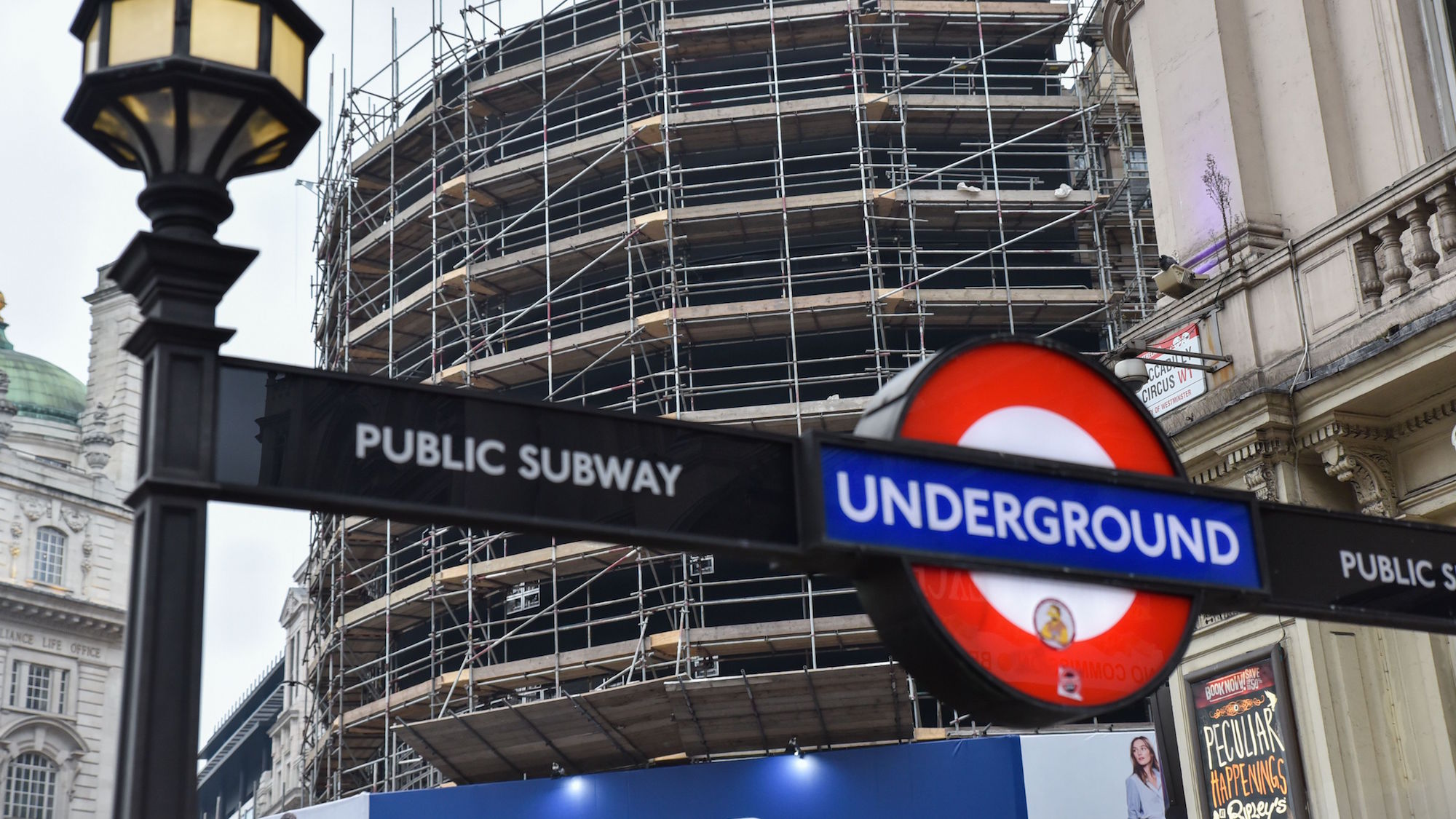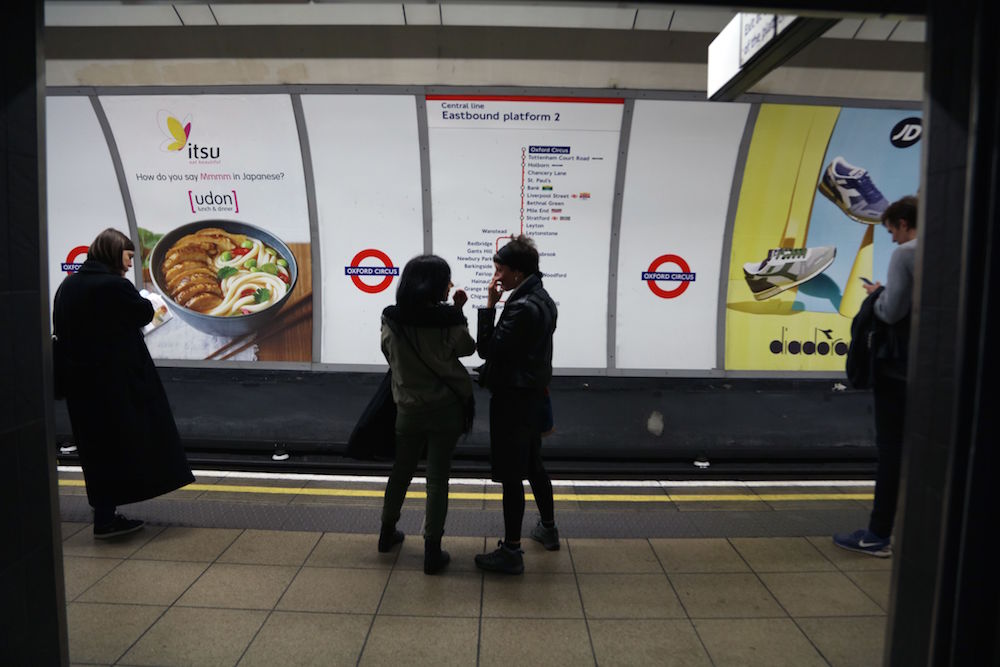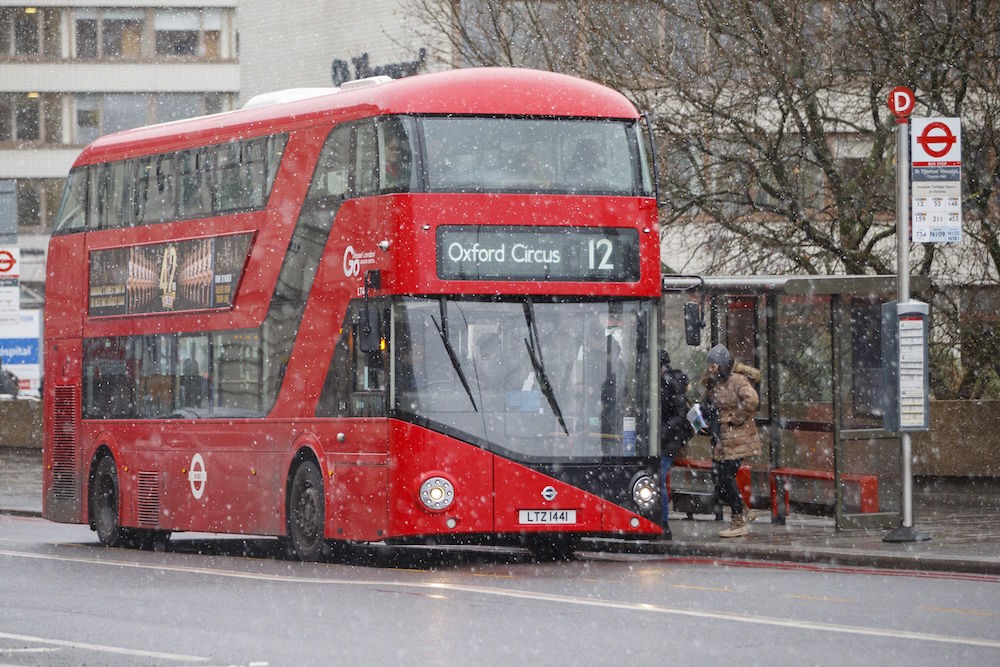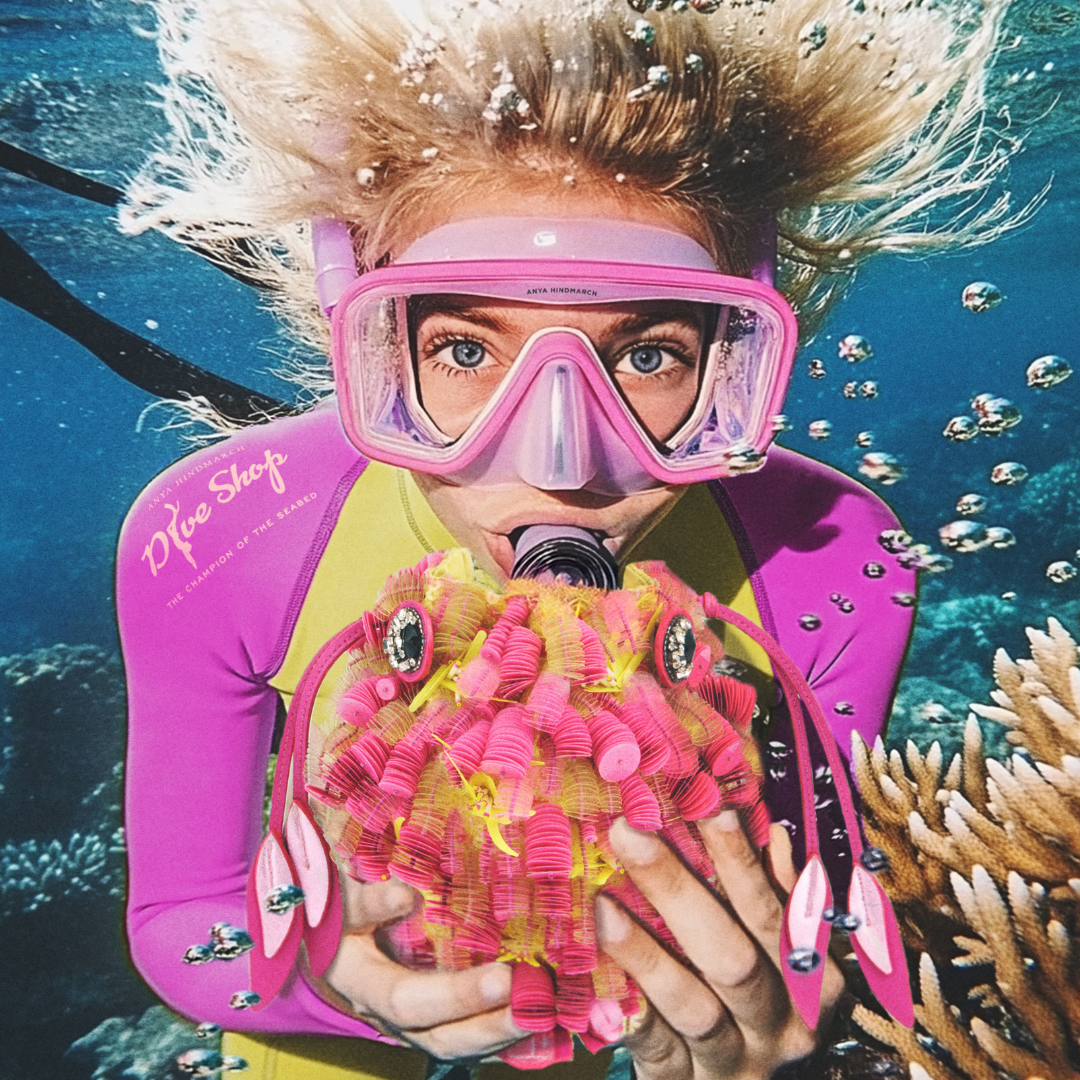This is the filthiest tube line in London
Where’s the hand sanitiser?


Where’s the hand sanitiser?
Here’s something that’ll make your skin crawl: 121 different types of bacteria and mould have been discovered across London transport. A new study conducted by microbiologists at London Metropolitan University looked at taxis, buses and the London underground and unsurprisingly found that the tube was the filthiest mode of travel. In fact, 22 strains of bacteria (including some of the most dangerous in the world) were found on the dirtiest tube line - the Victoria line.
The London Under the Microscope project, commissioned by Staveley Head, tested swabs from handrails, seats and walls of public transport. The gross results discovered that on the tube alone, there were 95 types of bacteria including nine strains that feature on the World Health Organisation’s list of dangerous drug-resistant bacteria.
The Victoria line was particularly riddled with nastiness, including four antibiotic-resistant superbugs. These included Staphyloccus Aureus, which causes toxic shock syndrome in women who wear tampons for a prolonged period of time, and E.coli. Klebsiella Pneumoniae, which infected and killed 14 patients in a British hospital three years ago, was also found alongside Serratia, something that the US military tested as a biological weapon in the 50s.

The Circle and Piccadilly lines fared marginally better, with only 20 strains of bacteria found spread across its trains. The cleanest tube line by far was the Metropolitan line and nearly halved that amount with just 11 types found. Traces of human faeces as well as bacterial strains from vermin also featured in the findings, which ranked the tube lines by number of bacterial species below.
- Victoria Line - 22
- Circle Line - 20
- Piccadilly Line - 20
- Jubilee Line - 18
- Northern Line - 18
- District Line - 17
- Central Line - 16
- Waterloo and City Line - 16
- Hammersmith and City Line - 14
- Bakerloo Line - 13
- Metropolitan Line - 11
After a Freedom of Information request made earlier this year, Transport for London admitted that many London tube lines don't get cleaned very regularly. Only the Bakerloo, Central and Victoria lines have their seats shampooed and that happens every six months, however every carriage is given a basic clean every night.
Surprisingly enough, buses were actually found to be cleaner than private taxis with just 37 types found across the network versus the 40 found in black cabs.
Marie Claire Newsletter
Celebrity news, beauty, fashion advice, and fascinating features, delivered straight to your inbox!

Dr Paul Matewele who led the study spoke of the results and said to WIRED, "[Surprise] is an understatement. We were totally confounded. The diversity of bacteria growing on the media was quite a shock. Not only did we find potentially life-threatening [bacteria] which behaved like superbugs when tested against antibiotics, but other forms of mould and bacteria that can be harmful to human health were discovered as part of this research.’
He also stressed the importance of good hygiene. ‘The bacteria doesn’t usually affect healthy people. It’s mainly a problem if transmitted between sick patients in hospitals and between people with weakened immune systems. The infection can cause urinary tract infections, pneumonia, septicemia, meningitis, and diarrhoea. Therefore, proper hygiene is a must."
Megan is a freelance journalist who covers entertainment and all things lifestyle, with a particular passion for fashion, beauty, travel and Keanu Reeves stories. She has previously worked on staff for titles including Marie Claire UK, CNN Style and The Evening Standard and has written for titles such as Bustle UK, Wallpaper*, Forbes and Hong Kong Tatler. She splits her time between London and her hometown Hong Kong, where she currently lives with the love of her life - an elderly dog named Poppy - and her husband.
-
 Here's a rundown of The White Lotus cast members who have dated in real life
Here's a rundown of The White Lotus cast members who have dated in real lifeBy Jenny Proudfoot
-
 All the coolest brides are wearing drop-waist wedding dresses this year
All the coolest brides are wearing drop-waist wedding dresses this yearWedding Special Minimalist, nostalgic, and universally flattering
By Clementina Jackson
-
 Anya Hindmarch has just launched a fantastical diving shop in central London
Anya Hindmarch has just launched a fantastical diving shop in central LondonFor those who would rather be beside the seaside...
By Sofia Piza